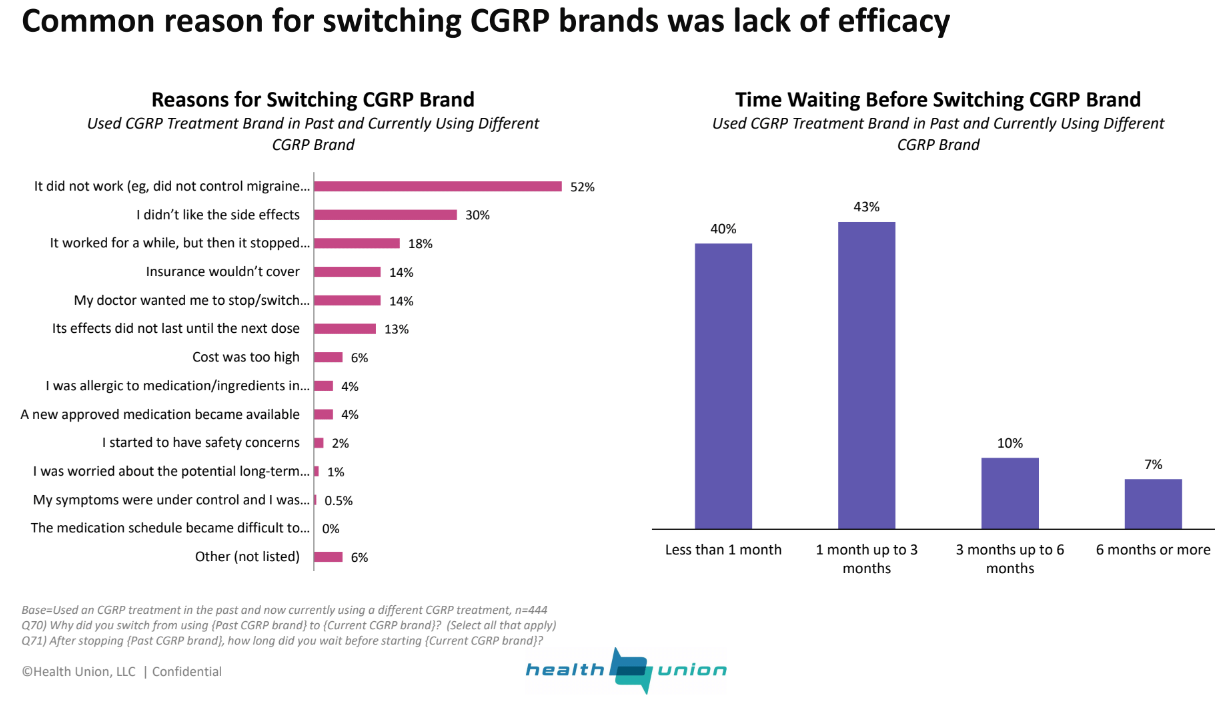Migraine Drug May Prevent Headaches in Hot Weather
/By Pat Anson, PNN Editor
With a dangerous heat wave expected this week in the Midwest and Northeast, the National Weather Service has issued “heat alerts” from Iowa to Maine through Friday. Temperatures are expected to reach the mid to upper 90’s, although it will feel hotter due to high humidity in some areas.
Health experts are giving the usual precautions about heat safety, such as staying hydrated and avoiding strenuous outdoor activity, but migraine sufferers may just want to stay inside in a cool, dark place. While there are no clear links between hot weather and migraine, the American Migraine Foundation says that seasonal changes in weather can trigger a migraine attack.
There are currently no FDA-approved treatments for the prevention of weather-related migraines, but according to a preliminary study, one of the new migraine drugs that block proteins known as CGRPs (calcitonin gene-related peptides) may help prevent headaches in hot weather.
A team of researchers analyzed over 71,000 daily diary records of 660 patients with episodic migraine, comparing them with local weather data on the same days. They found that for every temperature increase of 10 degrees Fahrenheit, there was a 6% increased risk of a headache.
“What we found was that increases in temperature were a significant factor in migraine occurrence across all regions of the United States,” says lead author Vincent Martin, MD, director of the Headache and Facial Pain Center at the University of Cincinnati. “It’s pretty amazing because you think of all the varying weather patterns that occur across the entire country, that we’re able to find one that is so significant.”
When researchers took a closer look at migraine patients being treated with fremanezumab, which is sold under the brand name Ajovy, the association between hot weather and headaches completely disappeared.
Ajovy is an injectable migraine prevention drug made by Teva Pharmaceuticals, which funded the study. Teva also paid consulting fees to Martin, who is president of the National Headache Foundation.
“This study is the first to suggest that migraine specific therapies that block CGRP may treat weather associated headaches,” says co-author Fred Cohen, an assistant professor of medicine at Icahn School of Medicine in New York City.
Findings from the study were recently presented at the American Headache Society’s annual meeting in San Diego, California. If the findings are confirmed in future studies, Ajovy and other CGRP inhibitors have the potential to help migraineurs who suffer from weather-related triggers.
The medications are not cheap. The listed cost for Ajovy is $640 for one monthly dose, although out of pocket costs will vary depending on insurance.






